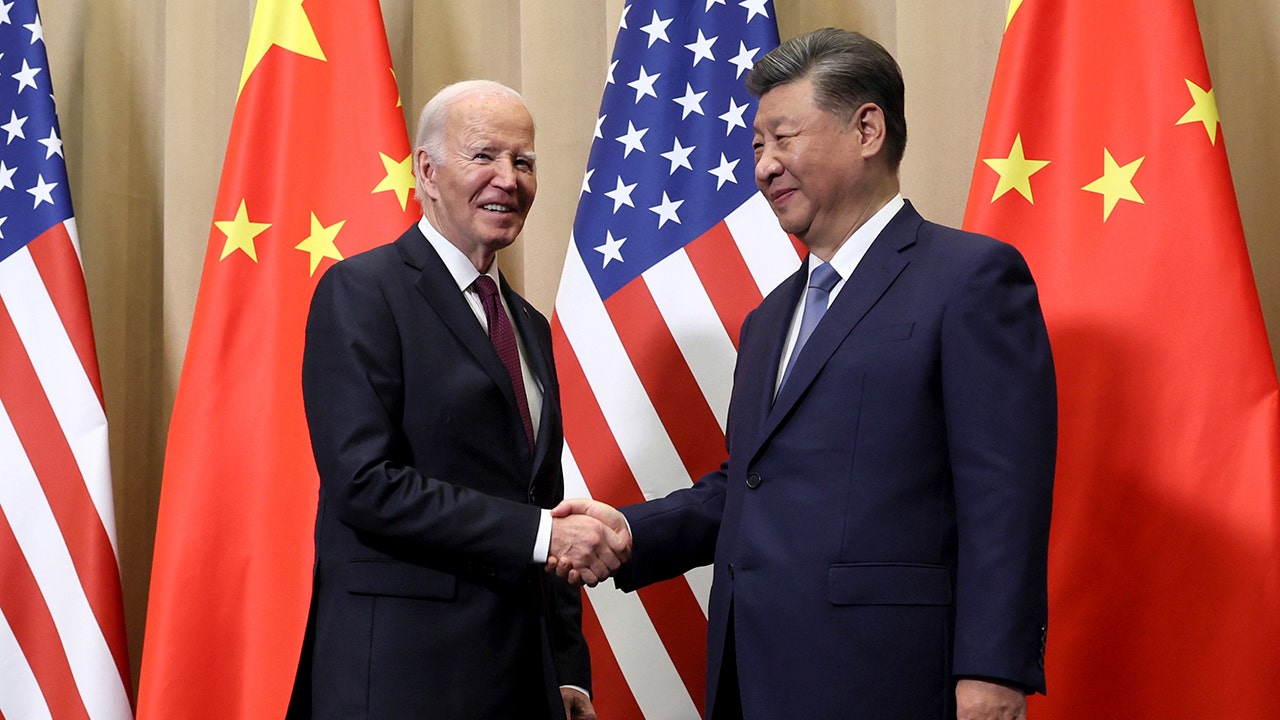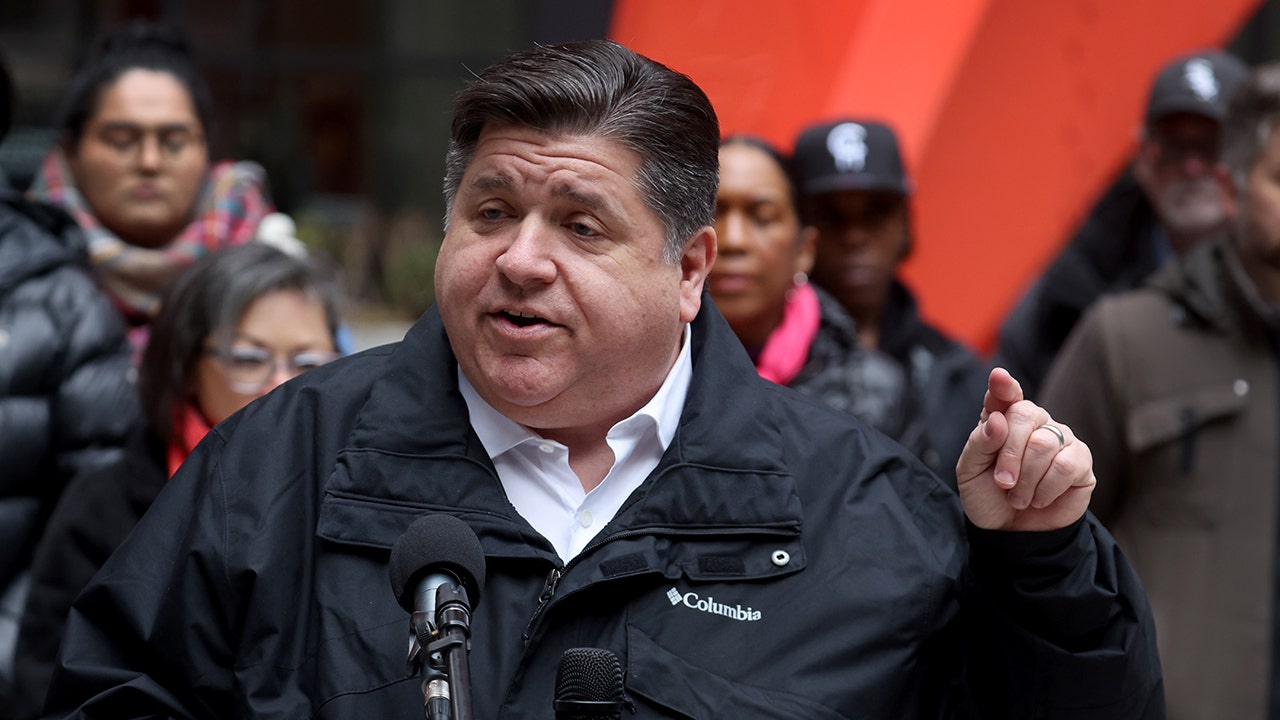The $300 million in new weaponry the United States is sending to Ukraine, the first American military aid package in months, will help Ukraine hold off Russian troops for a few weeks, analysts say, but it will not change the overall situation on the battlefield, where Moscow currently has the advantage.
Ukraine has long said that it would lose more ground to Russia unless it received more weapons and ammunition, but a robust $60 billion aid package has been bottled up in the House for months by conservative Republican lawmakers. That has left frontline Ukrainian troops vulnerable to long-distance glide bombs dropped from Russian aircraft and intense artillery attacks.
Here’s a look at the current situation.
What did the U.S. promise, and will it make a difference?
American military support for Ukraine dried up in late December, and the White House has been looking ever since for ways to circumvent the logjam in the House. The new package, announced on Tuesday, does that by drawing on cost savings in Pentagon contracts.
The package will provide Ukraine with an array of desperately needed weapons. These include Stinger missiles to target aircraft, which Russia has increasingly used to support ground assaults, artillery rounds to keep attacking Russian troops at bay and anti-tank weapons to repel mechanized assaults.
“This ammunition will keep Ukraine’s guns firing for a period, but only a short period,” said Jake Sullivan, the U.S. national security adviser. “It is nowhere near enough to meet Ukraine’s battlefield needs, and it will not prevent Ukraine from running out of ammunition.”
The $300 million in military aid announced on Tuesday pales in comparison to previous multibillion-dollar packages sent by the United States.
“These are sums that are spent in a matter of weeks,” said Serhii Kuzan, the chairman of the Ukrainian Security and Cooperation Center, a nongovernmental research group. He added that the impact of the new package would be “minimal.”
Most recently, the Czech Republic began an initiative to scour the world for available shells, buy them and send them to Ukraine. Prague has located 800,000 artillery rounds, and it said last week that it had raised enough funding from European allies to purchase a first batch of 300,000.
Dmytro Kuleba, Ukraine’s foreign minister, said on Wednesday that the first batch would arrive “in the foreseeable future.” He added that Ukraine was working with allies on two similar initiatives.
This week the European Union worked out a complex deal that will provide more than $5 billion in additional military aid to Ukraine, provided it gains the expected approval at a meeting of the bloc’s foreign ministers on Monday.
Other European countries have recently pledged military aid that exceeds the latest U.S. package. Denmark, for example, announced on Tuesday that it would send $340 million worth of Caesar long-range cannons, mortars and ammunition.
Still, it is unlikely that Europe will be able to replace the United States as the guarantor of Ukraine’s war-fighting capability, mainly because it has struggled to ramp up weapons production.
The European Union promised last year to deliver one million artillery shells to Ukraine by this month. But it has so far delivered only half that number because of a lack of production capacity.
The Kiel Institute for the World Economy, a research organization, said that by mid-January the military aid allocated by E.U. members and institutions totaled $36 billion, about $10 billion less than aid from the United States. To fully replace American military assistance this year, the institute said, Europe would have “to double its current level and pace of arms assistance.”
Military analysts Franz-Stefan Gady and Michael Kofman wrote in a research paper last month that “Kyiv will need around 75,000-90,000 artillery shells per month to sustain the war defensively, and more than double that — 200,000-250,000 — for a major offensive.”
But Ukraine is currently unable to fire more than 2,000 shells a day, or about 60,000 per month, according to Jack Watling, an analyst from the Royal United Services Institute of London. Ukrainian soldiers and commanders have said that they are forced to ration shells, making it harder to push back the Russian advance.
“We’ve had difficulties due to the lack of artillery ammunition, antiaircraft defense, long-range weapons and the density of Russian drones,” President Volodymyr Zelensky of Ukraine told the French news media on Monday.
The Ukrainian military said last week that it aims to reclaim the initiative on the battlefield and conduct a counteroffensive this year. But much will depend on the arms it receives from its Western partners.
Seth G. Jones, an analyst at the Washington-based Center for Strategic and International Studies, said the latest U.S. military aid package would be helpful for Ukraine’s defense operations. But he added that “if the Ukrainian objectives are to actually take back territory, this is not what the Ukrainians need.”
Instead, Mr. Jones said, Ukraine will need more weapons to provide air support to its troops on the ground — something it lacked in its failed counteroffensive last summer — including F-16 fighter jets, but also sophisticated surveillance and attack drones.
“If the Ukrainians get serious about offense, that is what they’re going to need, not the kind of equipment they just got,” Mr. Jones said.





